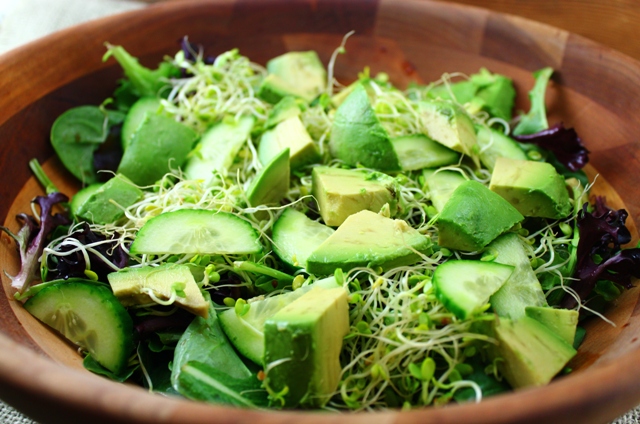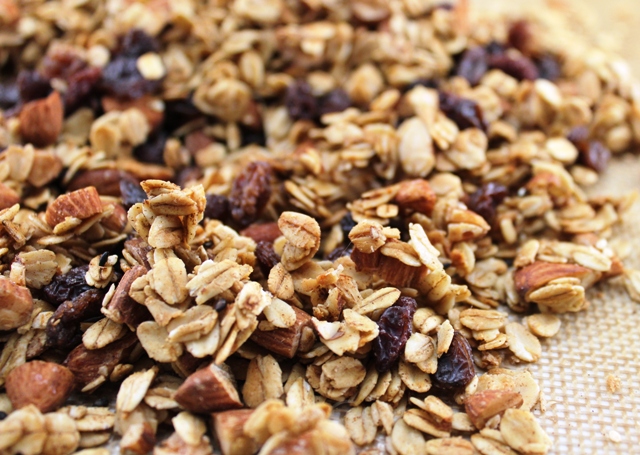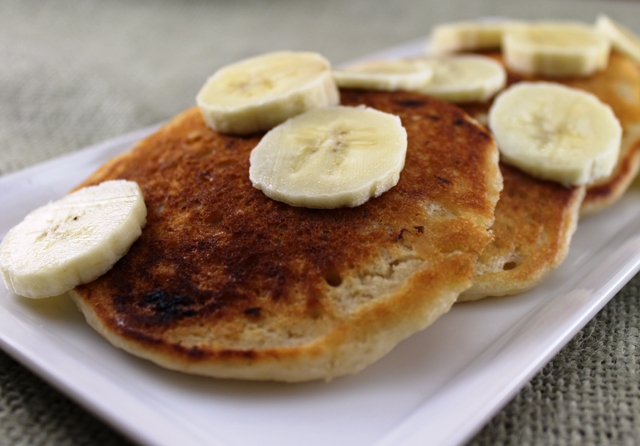At the eleventh hour, I got the eighth spot in our department’s professional writing seminar, taught by the inspiring Professor Victoria Lawson. To be frank, I’ve been downright giddy at getting to take the class. First of all, it’s a class that is notoriously useful and sought-after in our department. Throughout the quarter, you write and workshop an article for submission to a top academic journal. Having this kind of disciplined guidance through the publishing process is invaluable. And so, I’m delighted to get to be a part of this class as we together embark on the process of publishing. But more generally, I’m giddy about taking the class because it’s been quite a while since I’ve been in a class. I didn’t realize how much I missed it — how hungry I was to participate in a seminar, to sit around talking about ideas, sharing our writing, and being part of a focused intellectual community again. Researching and writing the dissertation is an amazing process and I love it, but it can be a little isolating. I hadn’t noticed this until I sat down in the seminar last week.
One of the things we read for this week’s class was an article called, “The Digitial Future of Authorship: Rethinking Originality” by Kathleen Fitzpatrick. It’s a great article and there are many valuable insights in it, but one insight in particular strikes me as relevant for thinking about blogging and the changing digital publishing world. Fitzpatrick argues that technology — computers, internet, blogging, etc. — has changed the way we should think about writing. Previously, writing, and particularly academic writing, was stagnant. Academics would work on a research project, write up their research in a paper or book, hone the argument, polish it and publish it. In other words, they would finish a piece of original writing, and this was the goal. This is largely still how academic publishing works, but Fitzpatrick argues that we may need to rethink the way that we write. In her own words:
“We might, for instance, find our values shifting away from a sole focus on the production of unique, original new arguments and texts to consider instead curation as a valid form of scholarly activity, in which the work of authorship lies in the imaginative bringing together of multiple threads of discourse that originate elsewhere, a potentially energizing form of argument via juxtaposition. Such a practice of scholarly remixing might look a bit like blogging, in its original sense: finding the best of what has been published in the digital network and bringing it together, with commentary, for one’s readership.” ~Kathleen Fitzpatrick, pp 17-18
Blogging, according to Fitzpatrick, is a method of in-process writing. It’s a relatively low-stakes way to explore ideas. The writer can put ideas out there and readers can comment. Ideas can evolve and change as a collective process. And the writing, too, becomes collective. The original post is part of the writing process, just as the comments on the post are part of it. And then, based on those comments, and more thinking on the subject, the blogger writes new posts that build on the previous ones. I love the idea of blogging as a potentially collective writing process and a method of growing ideas together.
One particular point of interest, too, in Fitzpatrick’s piece is her discussion of the public nature of publishing. In conventional publishing, the author writes privately, asking maybe a few people close to him/her to read the manuscript and give feedback. But this writing is not made public until it it polished and published — a finished argument. Blogging, on the other hand, while relatively low-stakes, is also a public writing process, a way to expose the “bumps in the road” as Fitzpatrick notes. Writing expressed in a blog may reflect honestly the writing and thinking process. Sometimes the ideas might be half-baked, the writing informal and chatty.
Reflecting on Fitzpatrick’s words has helped me to think about a sense of uneasiness I’ve had about this blog the last few weeks. In the case of the recent posts on child-rearing (One and Two), I’ve been feeling a bit vulnerable and a little uneasy about publicly sharing my thought-process — especially on such a contentious topic. These posts are by no means a polished argument for or against having children. Instead, they are honest, public in-process reflections of a private thought-process. Or in the case of the quinoa post, this was simply a quick post on an article I read with some initial thoughts. Since posting it, I’ve read a bunch of other articles about quinoa and I’ve had more time to think about the issues and the article’s focus on veganism. That quinoa post would have been very different if I wrote it today instead of last week. But that, I think, is the beauty of a blogging space — that it’s a space to try out ideas, see how they sit, hear thoughts and responses from the community, and develop new ideas, new posts and new kinds of writing, too.
Feeling intellectually vulnerable is uncomfortable, but through that discomfort, I feel grateful to you, dear readers, for your comments and contributions, and I hope that together we can continue to think through some of these difficult and thought-provoking aspects of living.

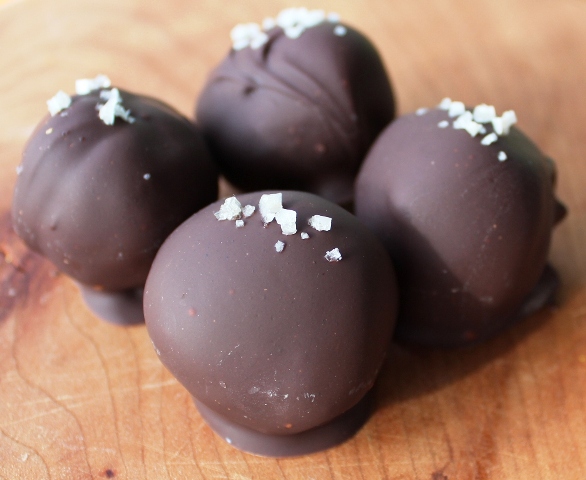

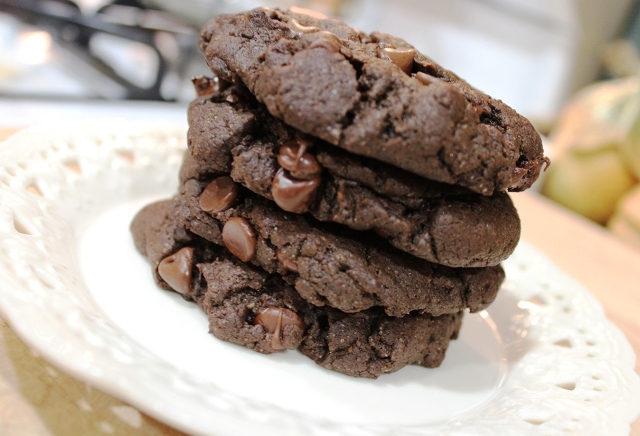
 Follow
Follow

